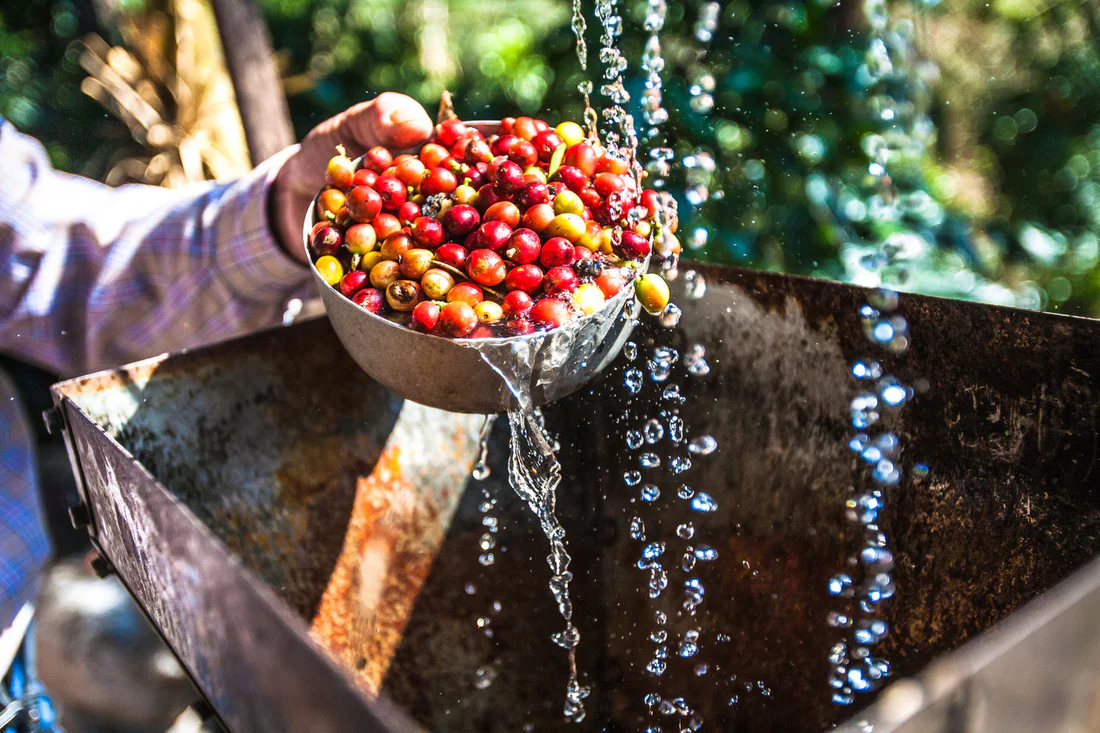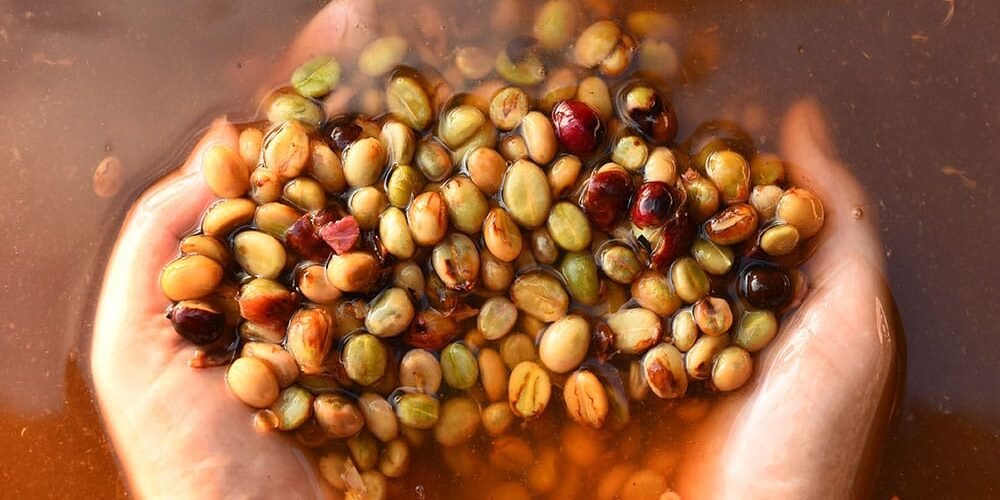Understanding the Washed Process in Coffee
If you’ve ever browsed specialty coffee or taken a closer look at coffee packaging, you may have come across terms like washed, natural, or honey-processed. These refer to how coffee is processed after it’s harvested — and each method plays a huge role in how your coffee tastes.
Today, we’re diving into the washed process, also known as the wet process, and why coffee beans are washed in the first place.
What Does “Washed Coffee” Mean?
To understand why coffee beans are washed, it helps to first know what coffee beans actually are. Coffee beans are the seeds of the coffee cherry, a small fruit that grows on coffee trees. After harvesting, the beans need to be separated from the fruit layers — and how this is done affects everything from flavor to quality.
In the washed (or wet) process, water is used to remove the fruit layers (skin and mucilage) from the beans before drying them. This method focuses on cleanliness and clarity of flavor.
So, Why Wash Coffee Beans?
1. To Remove the Mucilage (Sticky Pulp)
Right under the cherry skin is a layer of sticky, sugary pulp called mucilage. If left on, this pulp can ferment in unpredictable ways during drying, potentially spoiling the flavor.
Washing helps break down and rinse off this mucilage, either through fermentation (natural enzymes + time) or mechanical scrubbing. Once clean, the beans are much more uniform and stable for drying.
2. To Highlight Origin Characteristics
One of the biggest reasons specialty producers choose the washed method is flavor clarity. Washed coffees often have brighter acidity, cleaner mouthfeel, and more pronounced origin flavors — meaning the taste is more influenced by the bean’s variety, soil, altitude, and growing region than by the processing itself.
If you’ve ever had a citrusy Ethiopian or a floral Kenyan coffee, chances are it was washed.
3. To Improve Consistency and Quality Control
Washed processing gives producers more control over how the coffee ferments. By carefully timing the fermentation and thoroughly washing off the pulp, farmers can minimize the risk of defects and produce a more consistent, high-quality cup.
This makes washed coffees highly prized by roasters and baristas who value repeatable results.
4. To Prevent Unwanted Fermentation Flavors
In natural processing (where the beans dry inside the whole cherry), the long contact with fruit sugars can introduce wild, fruity, or funky flavors — which can be desirable, but not always.
Washing strips away the sugars early, reducing the chance of overfermentation or off-notes (like sourness or fermenty funk), especially in humid climates where drying takes longer.
Is Washed Coffee Better?
Not necessarily — it’s just different. Washed coffee emphasizes clean, crisp, and vibrant flavor profiles. Natural and honey-processed coffees, on the other hand, can offer fruitier, fuller-bodied, and more experimental flavor experiences.
The “best” method depends on your personal taste and what the farmer wants to highlight in the cup.
In Summary
Washing coffee beans is about more than cleanliness — it’s a crucial step that shapes the final flavor of your brew. By removing the fruit layers early and carefully controlling fermentation, the washed process brings out the bean’s true character and helps ensure consistency in quality.
So next time you’re sipping a washed Ethiopian or a bright Colombian, you’ll know: a lot of care (and water) went into making that clarity of flavor possible.
Have a favorite washed coffee? Let us know in the comments — or share how you think washed compares to natural!


